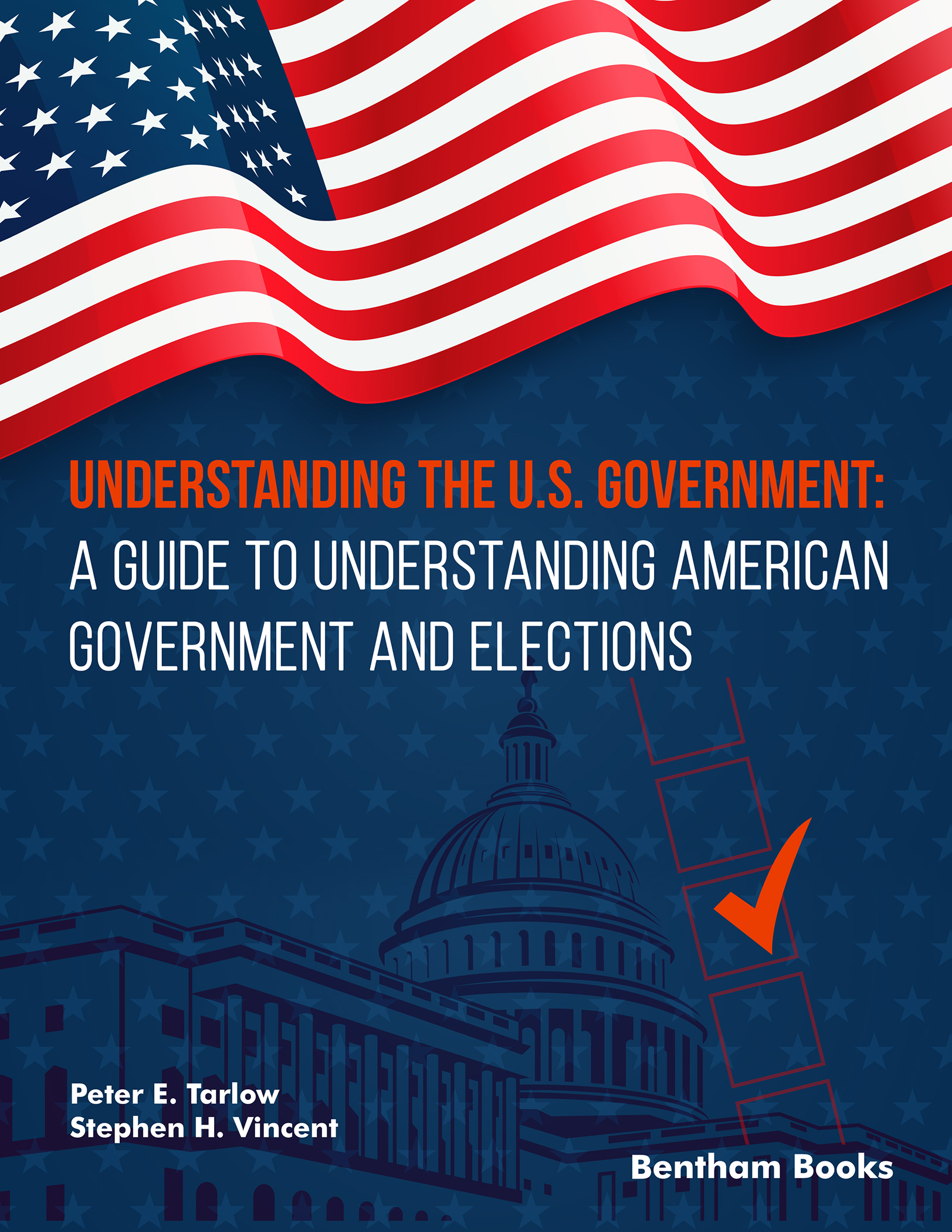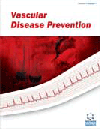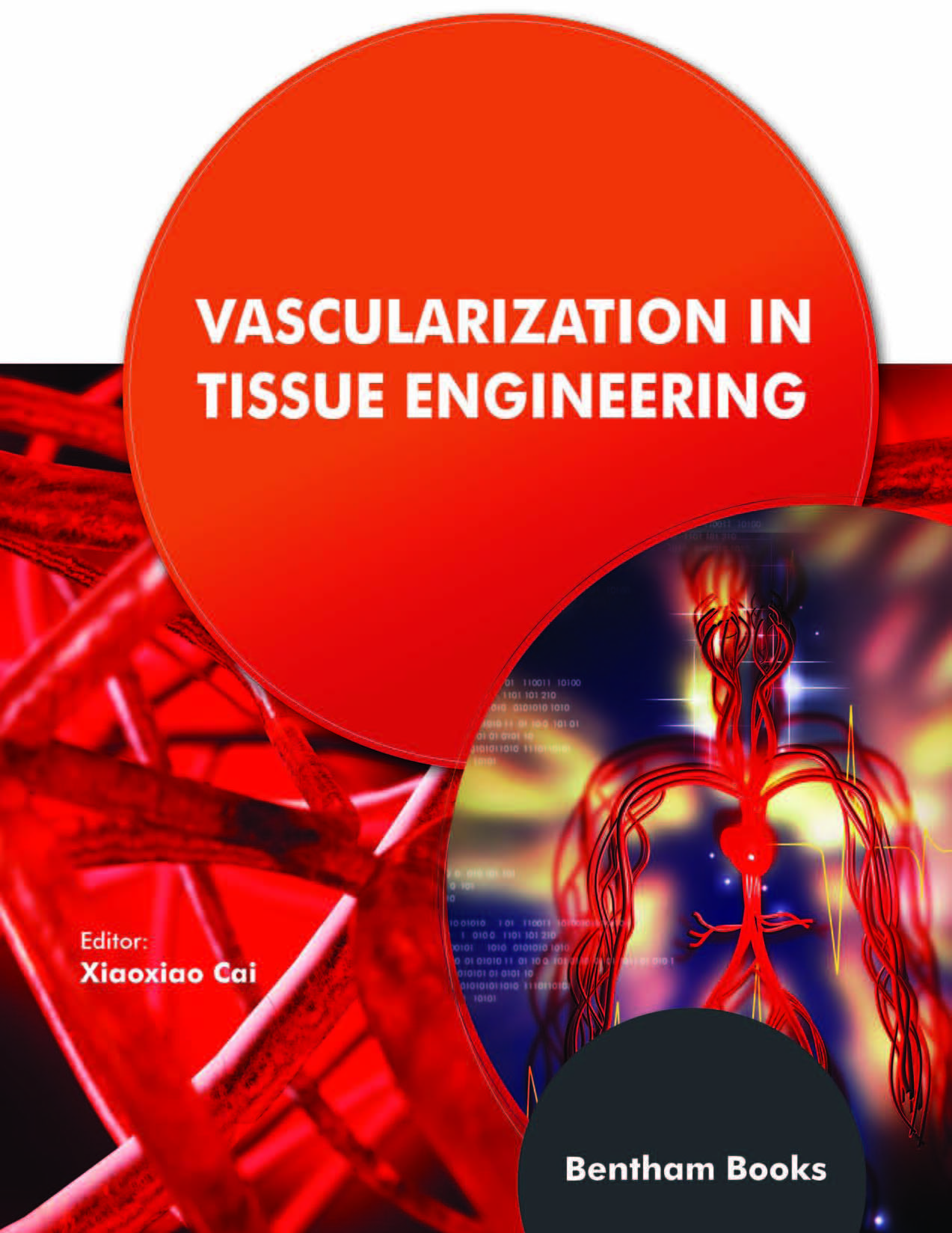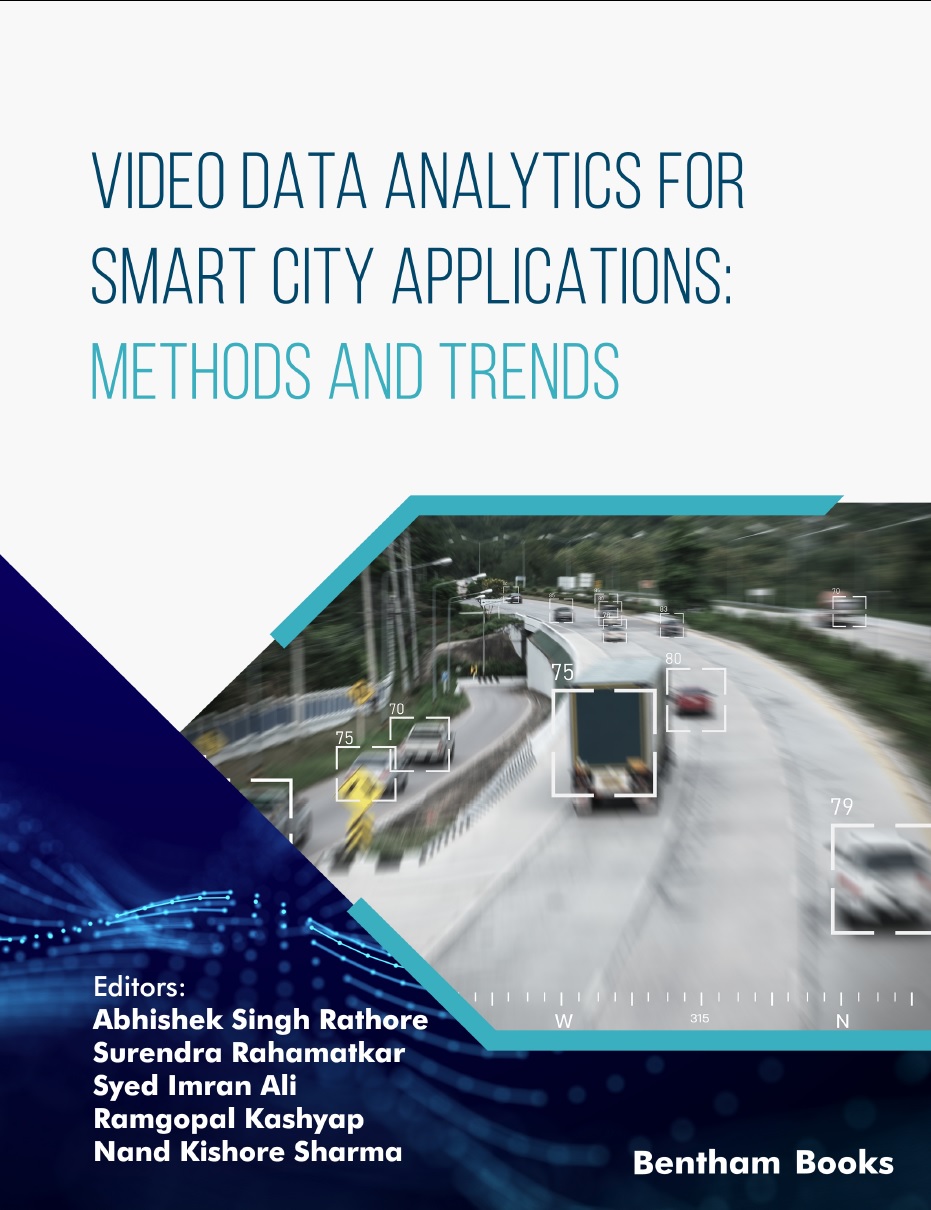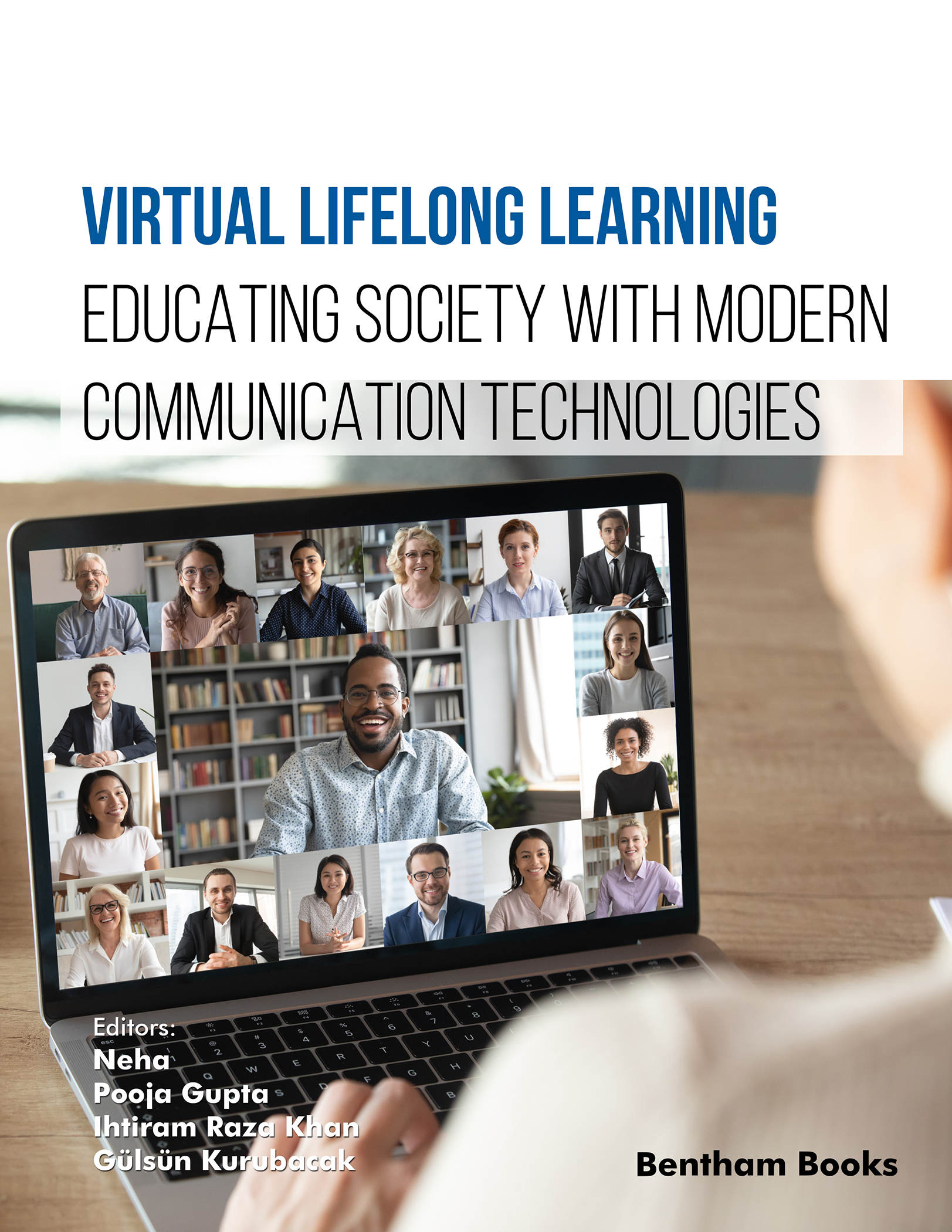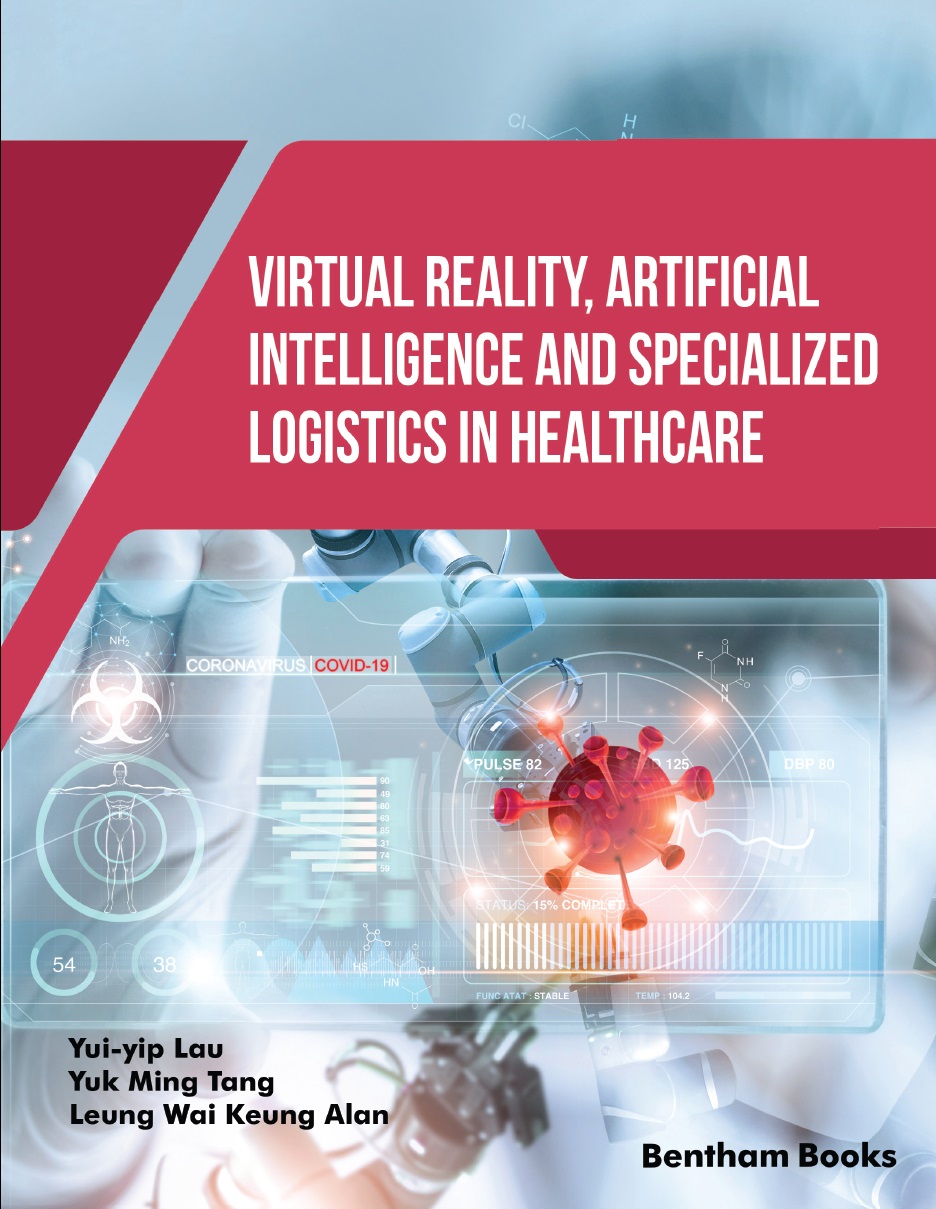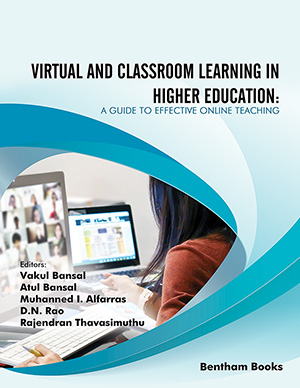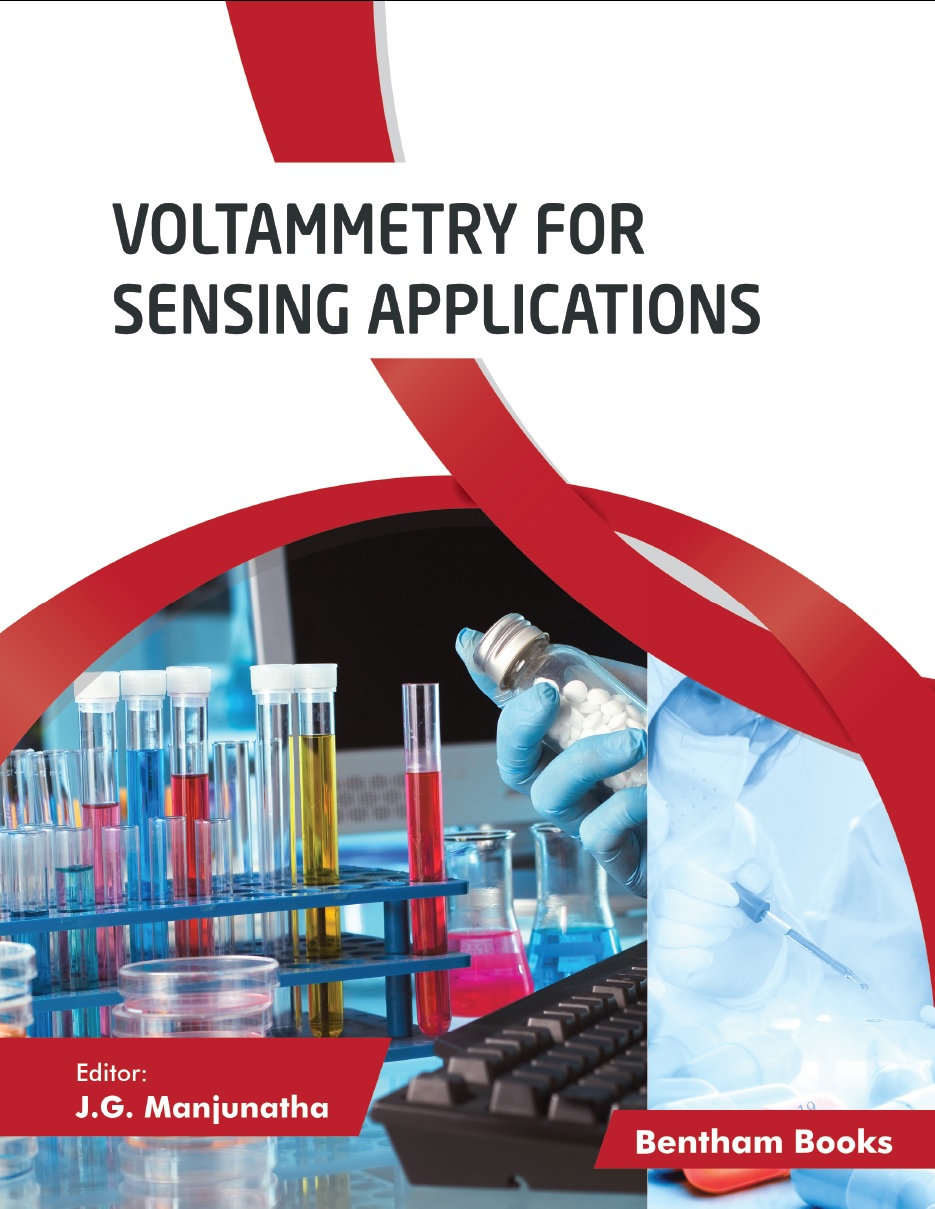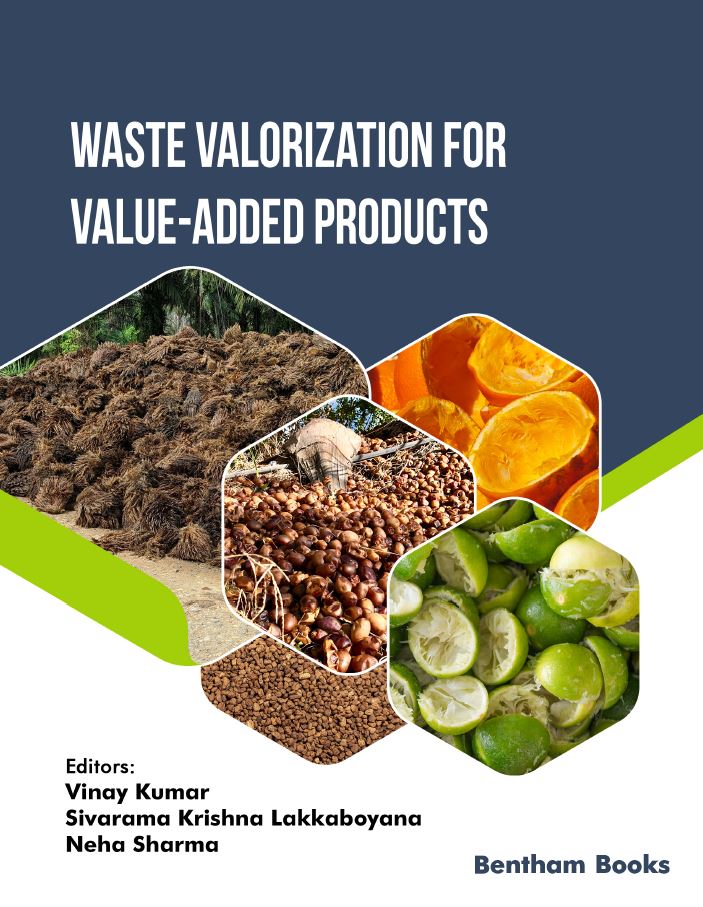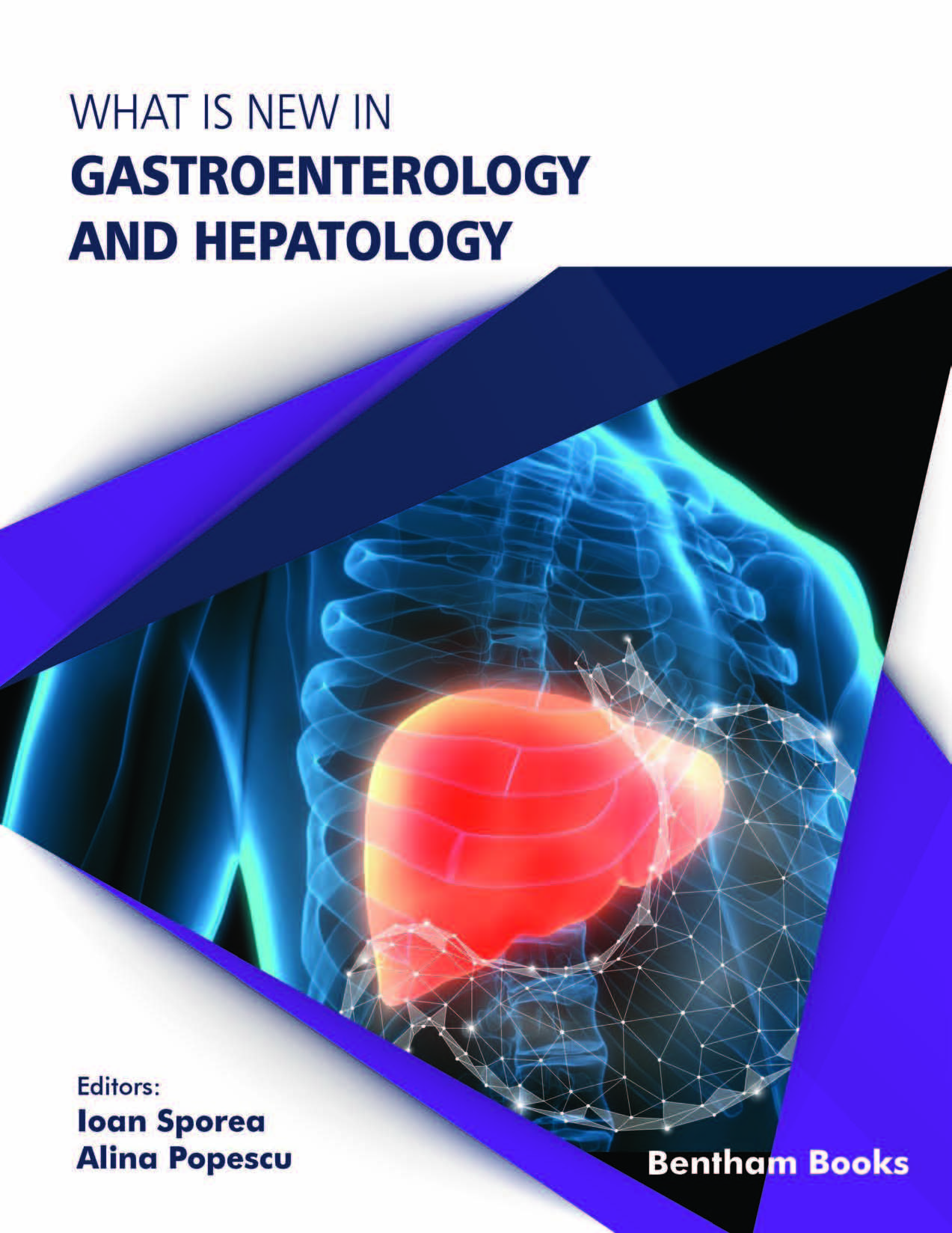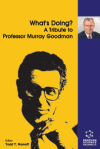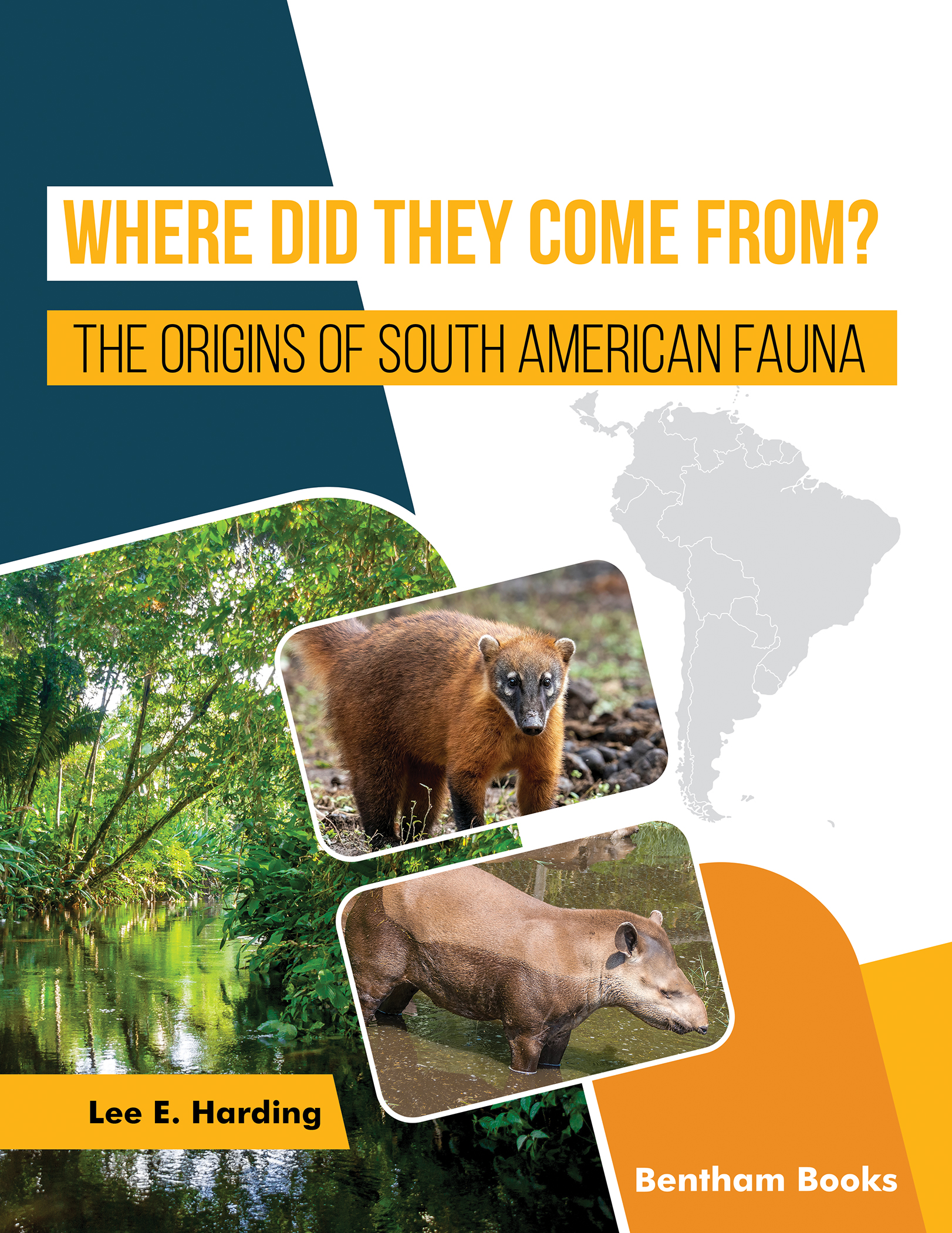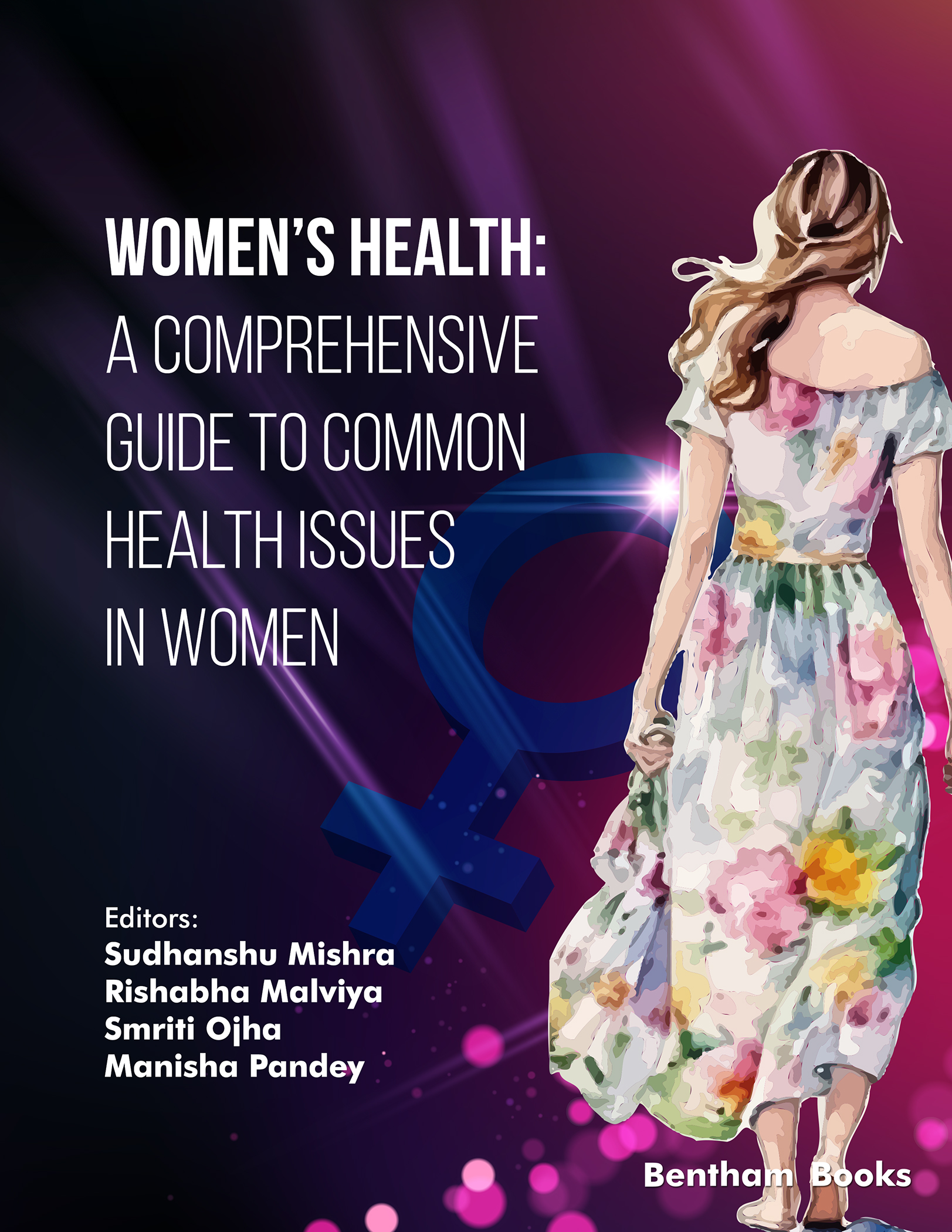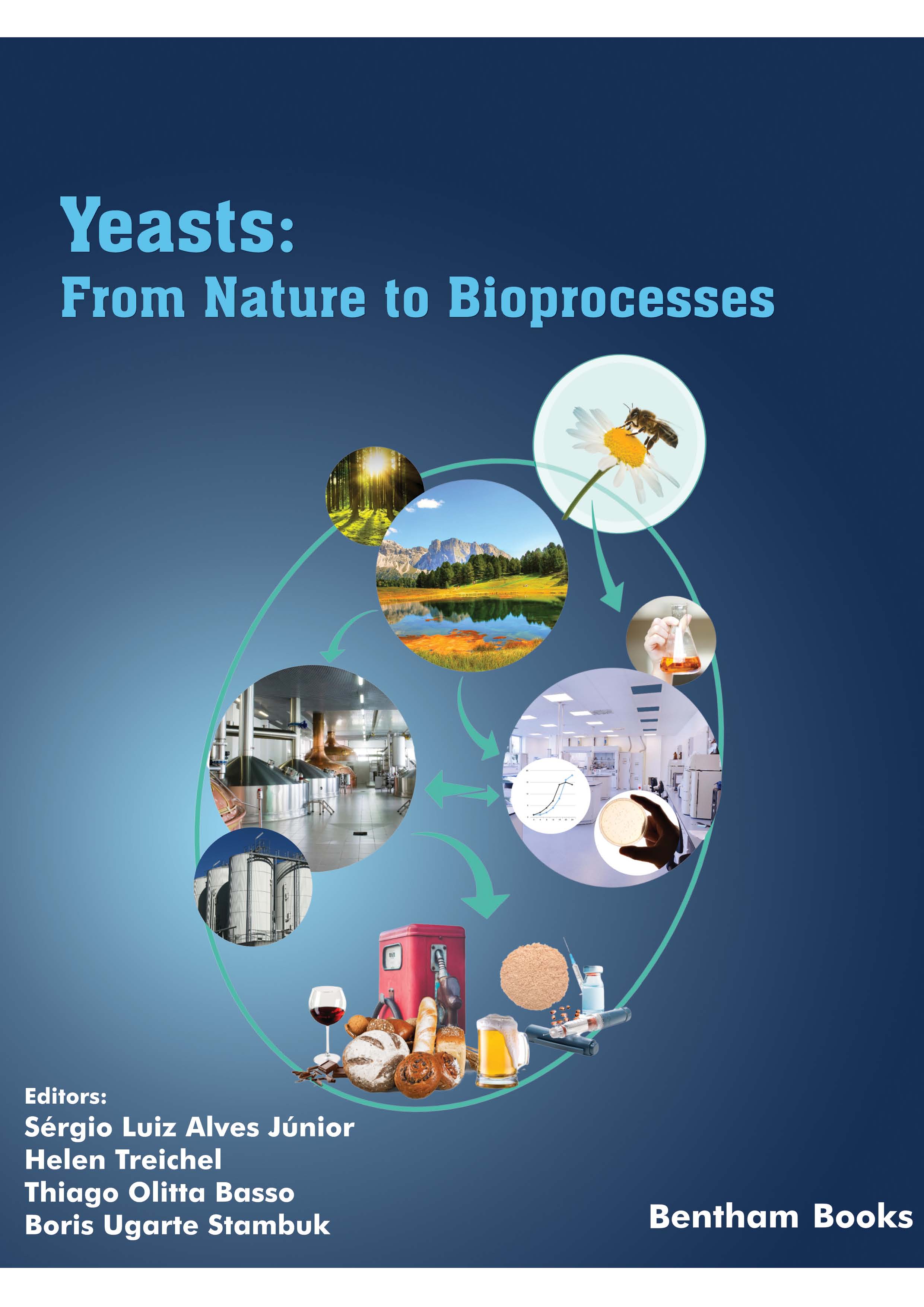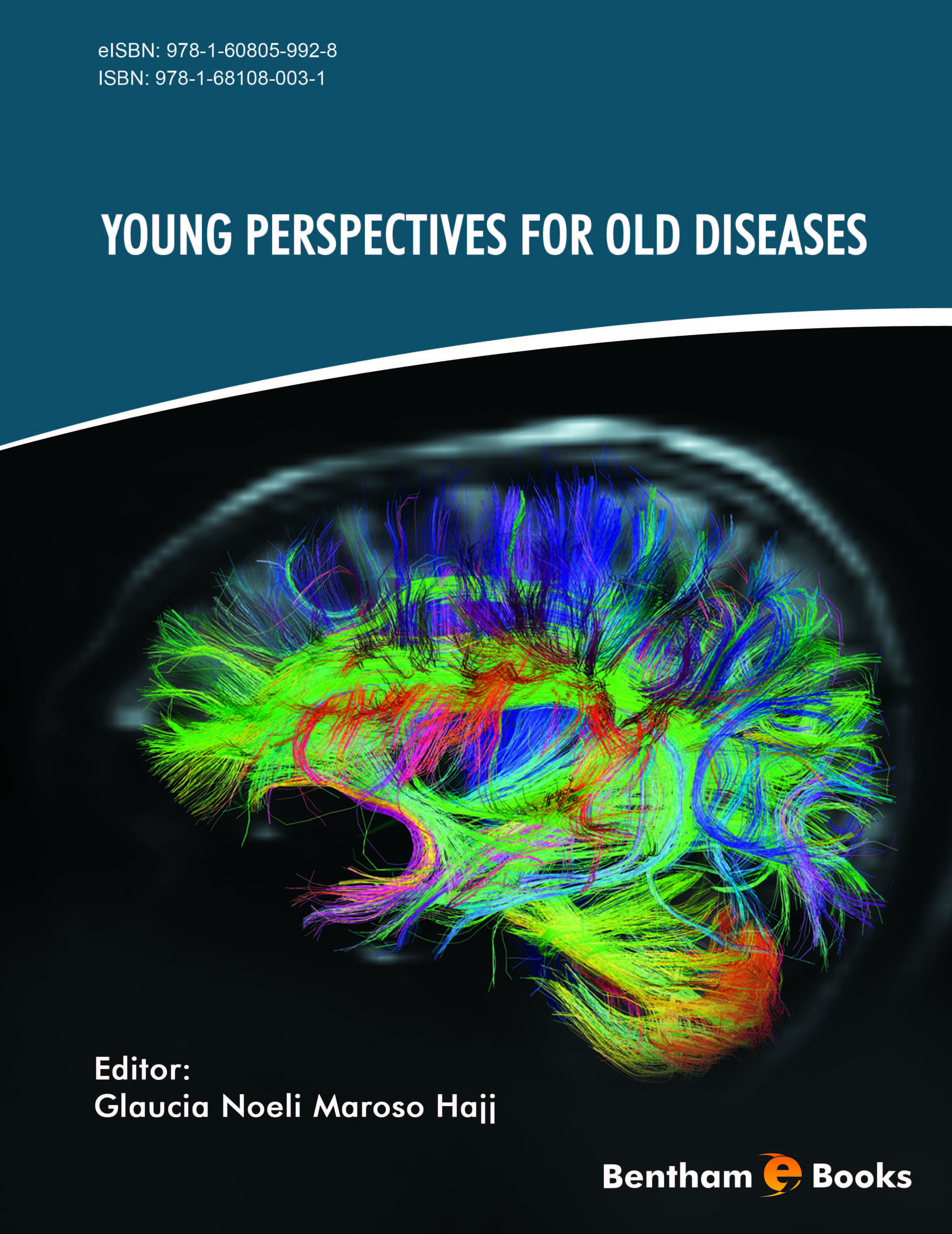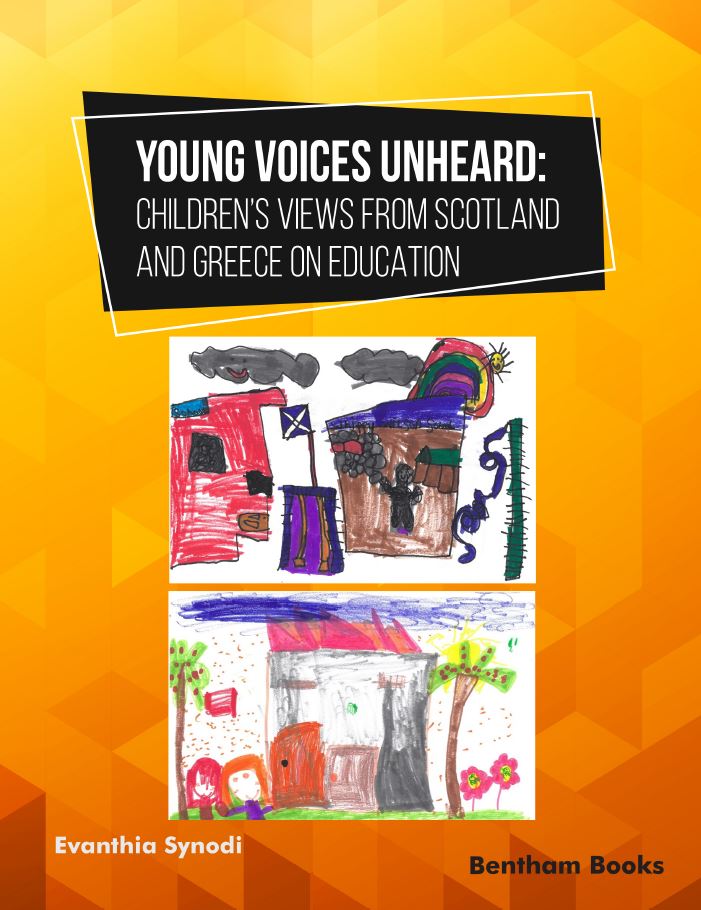- Home
- Publishers
- Bentham Science Publishers
Bentham Science Publishers
Bentham Science Publishers is a major publisher of more than 100 peer-reviewed science, technology and medical (STM) journals, along with a rapidly growing collection of eBooks. Since 1993, Bentham Science Publishers has been catering to the information needs of the pharmaceutical, engineering, biomedical and medical research community.821 - 839 of 839 results
-
-
Uncertain Analysis in Finite Elements Models
More LessThis book explains uncertainty analysis for finite elements and general nonlinear problems. It starts with the fundamentals of the topic and progresses to complex methods through 9 chapters. Each chapter focuses on a specific, relevant topic and provides information in a structured reading format for advanced learners. The author explains different models relevant to the topic where applicable, in an effort to cover the diverse aspects of mathematical analysis.
Topics covered in the book include:
- Nonlinear stochastic finite element methods
- Reliability calculations
- Static analysis of interval finite element
- Linear and nonlinear vibration analysis
- Stochastic, random, fuzzy and mixed fields
- Mixed finite element analysis Uncertainty Analysis in Finite Elements Models is an ideal reference for advanced courses in mathematical analysis and engineering that require students to understand the basics of uncertainty analysis and basic reliability calculations.
-
-
-
Understanding the U.S. Government: A Guide to Understanding American Government and Elections
More LessUnderstanding the U.S. Government: A Guide to Understanding American Government and Elections demystifies the complexities of the United States government, its election processes, and the concept of separation of powers. Written in a question-and-answer format, this book provides essential information for readers interested in American democracy at all levels. The authors compare various ideologies (capitalism, socialism, communism, and fascism) and other facets of U.S. politics that shape conversations about the U.S. Government and influence political policies, while also providing answers to historical questions about the American constitution and Declaration of Independence.
The book answers questions on these topics:
Maintaining personal relations amidst differing political views
Rights and responsibilities of American citizens
Competing political and economic philosophies
The Ins-and-Outs of American democracy
The impact of the media on U.S. Elections
The American political party system
The impact of lobbyists and monetary donations on political decisions and policies
How U.S. elections work
Practical tips for American voters
This book is an informative source of knowledge for anyone seeking a quick understanding of the workings of the U.S. government, the election process, and the intricate balance of political power in America.
-
-
-
Vascular Disease Prevention
More LessVascular Disease Prevention publishes reviews as well as original papers to update all those concerned with this topic at the clinical or scientific level. In addition to clinically relevant topics, we consider reviews and original papers dealing with the more scientific aspects of vascular disease prevention. This includes the evaluation of emerging vascular risk factors, research dealing with the pathogenesis of atherosclerosis and the investigation of new treatment options both at the clinical and scientific level (e.g. epidemiology, patient-based studies, experimental models, in vitro experiments or molecular research). Therefore, another function of Vascular Disease Prevention is to bridge the gap between clinical practice and ongoing laboratory-based research.
In particular, we welcome critical reviews and comments on recent trials. This is a topic that requires regular updates because of the large number of trials published every year.
Debates are encouraged in the correspondence section of this journal.
The editorial structure of Vascular Disease Prevention is set up with the aim of dealing with the submitted material as rapidly as possible. Specialist editors will provide a more expert and rapid assessment unlike a more centralized editorial structure.
-
-
-
Vascularization in Tissue Engineering
More LessVascularization in Tissue Engineering presents a comprehensive picture of blood vessel development and the recent developments on the understanding of the role of angiogenesis in regenerating biological tissues. The first-half of this book, consists of three chapters, emphasizing the fundamental knowledge about cell pathways, growth factors, co-culture strategies, cell interactions, and vascularization in pathological scenarios. The second half takes this knowledge a step further and explains the vascular microenvironment, scaffolds, and related applications in regenerative medicines. This section also provides information about biomaterial scaffolds and stem cell cultures for wound-healing and tissue regeneration. Readers will learn about cutting edge technologies in this field. This volume is a handy reference for students and researchers seeking information about the angiogenic processes and applied biotechnology in tissue engineering.
-
-
-
Venoms and Toxins
More LessVenoms and Toxins publishes up-to-date review articles, research articles, thematic issues, short communications, and case reports covering all aspects of toxins, venomous animals (e.g. scorpions, snakes, sea anemones, cone snails, worms, wasps and frogs) and their derivative products.
The journal is devoted to the many aspects of marine and non-marine toxins/molecules (and derivatives thereof) from animal venoms, including their structural characteristics, structure-function relationship, pharmacological and immunological properties, molecular engineering/drug design, biotechnological potential, and therapeutic value. The journal also covers all aspects of other types of toxins (including toxic substances of non-protein/peptide origin), such as plant/algae, viral and bacterial toxins.
-
-
-
Video Data Analytics for Smart City Applications: Methods and Trends
IoT and Big Data Analytics: Volume 1
More LessVideo data analytics is rapidly evolving and transforming the way we live in urban environments. In Video Data Analytics for Smart City Applications: Methods and Trends, data science experts present a comprehensive review of the latest advances and trends in video analytics technologies and their extensive applications in smart city planning and engineering.
The book covers a wide range of topics including object recognition, action recognition, violence detection, and tracking, exploring deep learning approaches and other techniques for video data analytics. It also discusses the key enabling technologies for smart cities and homes and the scope and application of smart agriculture in smart cities.
Moreover, the book addresses the challenges and security issues in terahertz band for wireless communication and the empirical impact of AI and IoT on performance management. One contribution also provides a review of the progress in achieving the Jal Jeevan Mission Goals for institutional capacity building in the Indian State of Chhattisgarh.
For researchers, computer scientists, data analytics professionals, smart city planners and engineers, this book provides detailed references for further reading and demonstrates how technologies are serving their use-cases in the smart city. The book highlights the advances and trends in video analytics technologies and extensively addresses key themes, making it an essential resource for anyone looking to gain a comprehensive understanding of video data analytics for smart city applications.
-
-
-
Virtual Lifelong Learning: Educating Society with Modern Communication Technologies
More LessThis reference addresses the transformative landscape of education through the lens of modern technologies. It imparts a comprehensive overview of the challenges, opportunities, and future visions in education by covering the dynamic intersection of e-learning, virtual teaching, and cutting-edge technologies.
The book includes an extensive spectrum of 14 topics commencing with a basic study on E-learning and teaching in the new millennium. Next, the work explores substantial topics such as the challenges and opportunities of virtual learning, the impact of the National Education Policy 2020, the role of Virtual Learning in bridging gender gaps, and the benefits and challenges for differently-abled students. Contributors also discuss new developments in education including the integration of ICT in mechanical engineering, the use of AR and VR to virtualize academic activities, and blockchain technology in education. The last two chapters explore the applications, challenges, and possibilities of machine learning and data analytics in the context of m-Health and the impact analysis of online education development.
Key features of the reference are: a simplified exploration of the cutting-edge technologies that are reshaping the educational environment, a forward-looking view of the future of education, and practical insights into the drawbacks and advantages of virtual learning. Readers will get a broad perspective of information on virtual education technology with references and case studies that provide a holistic view of modern educational structures.
This book is tailored for educators, researchers and anyone working in the field of education and technology who are looking for a thorough understanding of the transformative prospects of virtual lifelong learning and its implications for building an inclusive society and learning environment.
-
-
-
Virtual Reality, Artificial Intelligence and Specialized Logistics in Healthcare
More LessVirtual Reality, Artificial Intelligence and Specialized Logistics in Healthcare aims to enrich knowledge and expertise in the field of advanced technologies and specialized logistics within the healthcare industry.
A key feature of the book is the focus on mitigating the effects of epidemics such as COVID-19. The book offers a comprehensive understanding of these topics across nine chapters.
The initial chapters, 1 and 2, meticulously delve into the state-of-the-art advancements in healthcare research. This section focuses on advances in immersive technologies (such as VR and AR), and internet of Things for digital healthcare services. Chapters 3 and 4 cover specialized logistics, providing an in-depth exploration of funeral logistics and vaccine supply chains, respectively. The next chapter provides case-studies on community level anti-epidemic measures, Chapters 6, 7, and 8 concentrate on pertinent issues concerning the elderly population. Topics in this section include elderly care home surveys. the utilization of modern mobile applications tailored for the elderly, and a comprehensive narrative review of mobile technology from the perspective of the elderly. Lastly, Chapter 9 culminates the exploration by addressing the adoption of macro business simulation in healthcare products. Leveraging illustrative examples such as hand sanitizers, this chapter offers valuable insights into healthcare product adoption. In essence, this book serves as a resource for policymakers, researchers, students, and industrial practitioners. References and summaries make this an indispensable guide for those seeking to navigate and comprehend the ever-evolving healthcare and supply chain industry.
-
-
-
Virtual and Classroom Learning in Higher Education: A Guide to Effective Online Teaching
More LessThe recent COVID-19 pandemic has prompted educators to utilize online learning resources in order to comply with public health and social distancing mandates. The transition to virtual classrooms has created several opportunities and challenges for all stakeholders involved in the educational ecosystem.
The ability of the classroom instructor to impart learning to students requires considerable adjustments from both students and teachers, which can be a new experience for educational professionals.
Virtual and Classroom Learning in Higher Education serves as a handy guide for instructors to effective online teaching with a focus on higher education. The book presents reviews on different aspects of online teaching, distilling key findings in an easy to understand manner for the reader. It provides educators with knowledge which familiarizes them with online teaching models and concepts (such as micro-learning, synchronous and asynchronous learning, online pedagogy, dynamic learning experience and more). Chapters are contributed by experts in online learning and cover the topic from different angles, giving the reader a broad perspective on virtual classrooms.
Virtual and Classroom Learning in Higher Education is an essential read for administrators and educators involved in higher education settings, and general readers who are interested in widening their view of the online teaching model.
-
-
-
Voltammetry for Sensing Applications
More LessVoltammetry for Sensing Applications familiarizes readers with recent advancements in the field of electrochemical analysis. The book features 16 chapters which cover many applications of voltammetric analysis such as drug testing and analysis, sensors for point-of-care devices, sensors for diverse analysis, advanced energy storage devices, clinical sample analysis, sensors for the detection of heavy metals, nanomaterials, disease detection, immune sensors, food sample analysis, and anti-inflammatory and anticancer drug detection. Many of the current methods of voltammetry offer increased stability, repeatability, high performance, cost-effectiveness, time-saving, sensitivity, and the chapters also cover appropriate applications for the sensing tools and methodologies which are imperative in electrochemical, environment, biological, medicinal, and food safety analysis.
This informative reference serves as a timely and comprehensive update on voltammetry and sensing materials for chemistry scholars and industrial chemists alike.
-
-
-
Waste Valorization: Volume 1
Waste Valorization for Value-added Products
More LessThis volume is a comprehensive compilation of reviews that show how various waste products can be used to produce useful products. Thirteen chapters highlight the following topics:
- applications of plant-derived and fruit waste for value-added product formation;
- fuel and chemical production from lignin
- food waste bioconversion to high-value products
- organic residues valorization for value-added chemicals
- valorization of waste plastics to produce fuels and chemicals
- food valorization for bioplastic production and concepts of circular economy in the valorization process.
Chapters are written in an organized and strategic manner and also include the references from recent years. It will help students and researchers to quickly learn about modern waste valorization practices and advance their knowledge on the subject. The book is suitable as a reference for courses in environmental science, chemical engineering and agriculture. It also serves as a guide for trainees, managers and readers involved in waste management, sustainability and value-added product supply chains
-
-
-
Water Pollution Sources and Purification: Challenges and Scope
More LessThe book helps readers to understand the fundamentals of water purification processes. Chapters in the book cover industrial purification techniques, while also exploring the future scope and current challenges in this field.
Key Features
- Seven chapters arranged and structured in a clear, coherent manner for understanding the broad topics.
- Covers basic water purification techniques for safe drinking water - Covers defluoridation techniques
- Explains the parameters affecting photocatalytic degradation of substituted benzoic acids.
- Includes a case study for seasonal variations in pond water
- Covers the role of nanotechnology in wastewater treatment
- Covers the impact of water mismanagement on the environment with suggestions for preventive measures for sustainable water utilization
This reference informs advanced readers (sustainable development professionals, post-graduate and research scholars) interested in water treatment processes. It also serves as a resource for courses in environmental chemistry, waste management and sustainability.
-
-
-
What is New in Gastroenterology and Hepatology
More LessGastroenterology and hepatology represent dynamic fields of study and practice in internal medicine, with numerous innovations manifesting over the last 30 years. What is New in Gastroenterology and Hepatology is a reference which presents updates on the latest advances in the aforementioned subspecialties. The book offers a broad range of topics in a structured, clear and comprehensive fashion. Thirty-three chapters provide knowledge on basic medical research and practical applications in the clinic with information contributed by several members of the Romanian Society of Gastroenterology and Hepatology (a medical society with a history of more than 60 years). The contents feature updates on common and rare disorders of the gastrointestinal tract (esophagus, stomach, intestines), pancreas and the liver, as well as new imaging techniques such as video capsule endoscopy and contrast enhanced ultrasound (CEUS). Special topics of recent interest such as the value of gut microbiota in medical interventions and the use of 'omics' technologies for precision medicine, and telemedicine are also included. What is New in Gastroenterology and Hepatology is an informative reference for all medical researchers and healthcare professionals (gastroenterologists, hepatologists, internal medicine physicians, surgeons, oncologists) who wish to keep themselves up to speed on new advances in these medical subspecialties.
-
-
-
What's Doing? A Tribute to Professor Murray Goodman
More LessWhat's Doing? A Tribute to Professor Murray Goodman aims to pay homage to the life and work of Professor Murray Goodman, a leading chemist, educator and humanitarian. This book contains personal and professional remem-brances from family, colleagues, and former students, as well as the first paper ever published by Dr. Goodman and his ten most cited works. What's Doing? is published to coincide with the Murray Goodman Memorial Symposium at the 230th National Meeting of the American Chemical Society in Washington D.C., August 31, 2005.
-
-
-
Where Did They Come From? The Origins of South American Fauna
More LessWhere Did They Come From? The Origins of South American Fauna offers a fascinating journey into the origins of South American flora and fauna. Exploring life on the continent before and after the breakup of Gondwana, it delves into how creatures arrived in South America, be it through drifting across oceans or traversing land bridges. From birds and reptiles to mammals and fish, this book provides a comprehensive compendium of biological diversity, discussing their origins and evolutionary paths. Readers will gain insights into the mechanisms of animal dispersal, evolution, and the impact of the Great Biotic Interchange. The book also lists references for further exploration of the subject.
The book is structured into five parts:
Building South America: Covers tectonic movements, climate changes, and breaching isolation.
Shaping South America: Explores the landforms and diverse biomes across the continent.
Vertebrates within South America: Discusses unique amphibians, reptiles, fish, mammals, and birds that evolved on the continent.
Vertebrates immigrating to South America: Examines exotic reptiles, birds, and mammals that found their way to the continent. The author also lists the families of almost all genera of South American animals, while giving knowledge of their origins.
Recent Arrivals - the Great Biotic Interchange: Explores the significant interchange of various species that occurred later.
Ideal for students, biologists, and anyone curious about the natural world, this book is a captivating read that uncovers the incredible history of South American fauna and its evolutionary tapestry.
-
-
-
Women's Health: A Comprehensive Guide to Common Health Issues in Women
More LessWomen's Health: A Comprehensive Guide to Common Health Issues in Women provides an in-depth look at the various health challenges faced by women and the available treatments and preventive measures. The book begins with an overview of women's health, followed by an exploration of complementary and alternative therapies that address common health concerns. It delves into the menstrual cycle, common menstrual problems, and the role of genetics and hormones in women's health, offering insights into hormonal imbalances and genetic factors that contribute to menstrual irregularities.
Readers will also find comprehensive information on cervical cancer, including its control and basic understanding, as well as detailed discussions on breast cancer screening, treatment, breastfeeding, and the benefits of breast milk. The book addresses unmet needs in contraception and family planning, highlights the importance of nutrition in women's health, and examines heart diseases and risk factors specific to women. Additional topics include autoimmune diseases, treatment options, bone health, menopause, and the processes of understanding and remodeling during these stages. This guide is an essential resource for anyone looking to understand and improve women's health.
-
-
-
Yeasts: From Nature to Bioprocesses
Mycology: Current and Future Developments: Volume 2
More LessSince ancient times, yeasts have been used for brewing and breadmaking processes. They now represent a flagship organism for alcoholic fermentation processes. The ubiquity of some yeast species also offers microbiologists a heterologous gene-expression platform, making them a model organism for studying eukaryotes. Yeasts: from Nature to Bioprocesses brings together information about the origin and evolution of yeasts, their ecological relationships, and the main taxonomic groups into a single volume. The book initially explores six significant yeast genera in detailed chapters. The book then delves into the main biotechnological processes in which both prospected and engineered yeasts are successfully employed. Yeasts: from Nature to Bioprocesses, therefore, elucidates the leading role of these single-cell organisms for industrial microbiology in environmental, health, social, and economic terms. This book is a comprehensive, multidisciplinary resource for general readers as well as scholars of all levels who want to know all about yeast microbiology and their industrial applications.
-
-
-
Young Perspectives for Old Diseases
More LessYoung Perspectives for Old Diseases is a collaborative monograph describing the current understanding of common neurodegenerative diseases. The monograph focuses on the molecular and cellular mechanisms responsible for neurodegeneration and the scientific advances that have paved the way for potential therapeutic options for patients. Reviews presented in this book present carefully validated research findings. The book begins with a section devoted to general mechanisms of neuronal death and explains the challenges of translating the scientific discoveries to the clinic. In section two, there are reviews on specific cellular dysfunctions that are common to more than one form of neurodegenerative disease, exploring the universal pathophysiology responsible for degenerating neurones. Findings on common neurodegenerative diseases are also reviewed in further detail followed by information on advances in therapeutic techniques that could be translated to a clinical setting. This book is intended as a primer as well as an update for molecular biologists and medical researchers on the mechanism of neurodegeneration and progress in the treatment of associated diseases.
-
-
-
Young Voices Unheard: Children's Views from Scotland and Greece on Education
More LessYoung Voices Unheard: Children's Views from Scotland and Greece on Education is a compelling exploration of the perspectives of five to six-year-old children in Greece and Scotland regarding various aspects of their school experiences and their awareness of children's rights. This enlightening book aims to uncover which rights children prioritize and value most in their educational environment, shedding light on critical issues related to their schooling.
The book divides its content into two main parts. The theoretical section offers a comprehensive overview of the United Nations Convention on the Rights of the Child and its implications for children's education, emphasizing the importance of respecting children's rights. The author also provides an overview of schooling models for young children.
The empirical research section employs a meticulous methodology, involving focus group sessions with 56 children from both Greece and Scotland. Through these sessions, the book captures children's views on three distinct school models, each representing a different degree of adherence to children's rights. The data analysis reveals that young children prioritize rights such as the right to play, safety, consultation, and education.
In essence, Young Voices Unheard offers a unique and valuable perspective on children's rights in education. By giving voice to young children and considering their views on educational practices and provisions, this book contributes to the ongoing dialogue about creating more inclusive and rights-respecting educational environments around the world. It serves as a valuable resource for educators, policymakers, and researchers seeking to better understand and enhance the educational experiences of young children.
-


